top of page

Child of Light Review
Considering it was made by a team of people who predominantly spend their time working on mega-budgeted action games, Child of Light is an almost entirely successful approximation of the JRPG genre. It may not have the same wealth of content as the games it'll remind you of the most, and truth be told: it does suffer a little bit because of that. The opening few hours especially offer up the promise of a grand adventure that never really arrives.
And for a game called Child of Light, there's precious little of the bright stuff involved: this is a surprisingly dark proposition. The beautiful (and often bright) watercolour visuals do nothing to suggest the darkness lurking beneath, and the concept is positively nightmarish: the infant daughter of an Austrian Duke has died (or has she?) and she hopelessly traverses a perilous environment searching for her father in what's either a terrible dream, or limbo.

The dialogue - which, apart from a couple of monologues, is entirely text-based - is comprised of nothing but rhyming couplets, some of which are downright terrible. For a game with an innocent young girl at the centre of it, it's surprisingly uncharming; the tedious barrage of lazy rhymes and poor "jokes" serving to exhaust and annoy a long time before the game's ten hours are up. Some smart and savvy voice acting definitely wouldn't have gone amiss here.
To the untrained eye it looks like a straightforward side-on action platformer, but this is a role-playing game through and through. Your character of Aurora is followed around throughout the game by a small firefly called Igniculus, who can absorb light sources simply by touching them. You control him with the right thumbstick, and the gameplay is not dissimilar to the Star Bits mechanic from Super Mario Galaxy and its sequel. There's another bit of symmetry here because you can also rope in a second player for a spot of co-op play.
The combat is ostensibly turn-based, but a neat new timer-bar system gives it a bit of fresh immediacy. This timer bar runs along the bottom of the screen during battles, and the final stretch (rendered in red) is where you can cast your attacks. If you attack your opponent while their ticker is in that red section, you force them to miss a turn, and their ticker is returned to the top. Things get interesting when you realise that you can use Igniculus to blind your opponents, slowing their ticker down so that you can continuously rob them of the ability to attack you.
You can also use Igniculus to buff your own players if you need to, and the combat system - when the screen is full of characters both friendly and unfriendly - can get brilliantly complicated at times. But herein lies a bit of a problem: there's no difficulty scaling. You can wander from one random encounter to the next, and while one of them can be an absolute cakewalk; the other one can cause you to use up every valuable tool in your inventory. It looks like a great entry-level genre outing for young kids, but it gets way too difficult without any kind of notice. There are no difficulty spikes as such, but there's also no clear sense of progression for people who aren't brilliant at it from the get-go.
The upgrade tree is basically pointless too, because you can't choose a specific path to take: they're all the same mess of random attribute points. You can't choose to focus on magic or weapons-based combat or defence; you have to opt into one of three identically random pathways. Arguably the game isn't quite long enough to sustain a complex tree anyway, but completely robbing you of the element of choice is a bit of a misfire. And not RPG-like, at all.
But for all of its faults, this is still a deeply engaging experience from start to finish; even if it's mostly engaging because of the breathtaking combat encounters. It’s slight in comparison to most JRPGs needless to say, but don't let that put you off. It's slightly muddled here and there to be sure, but is definitely recommended nonetheless.
7/10










Review By Chet Roivas
bottom of page


